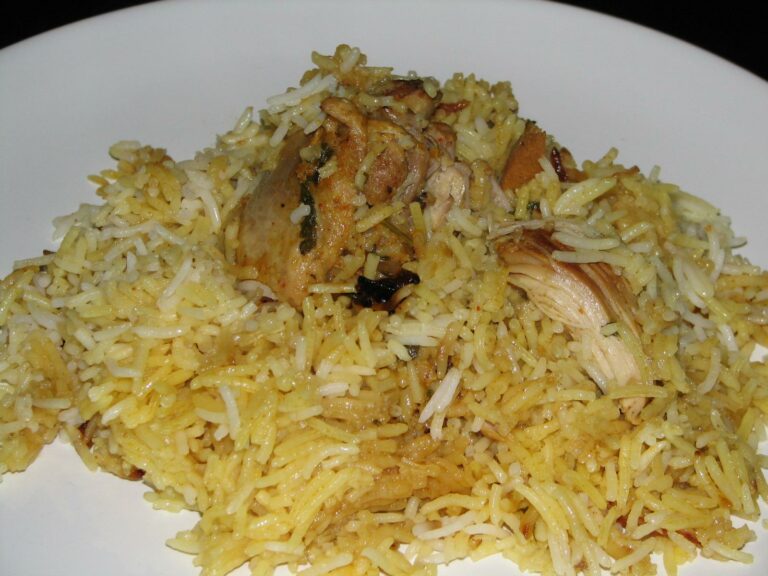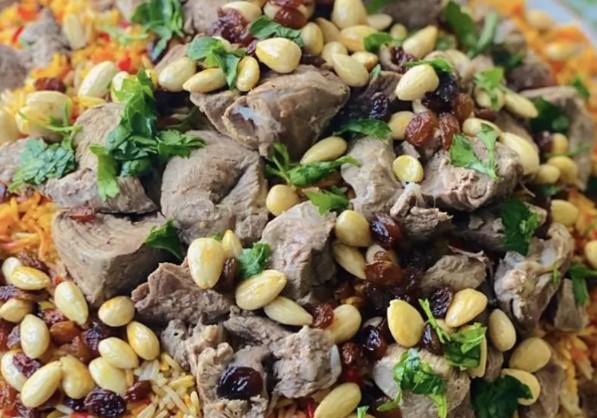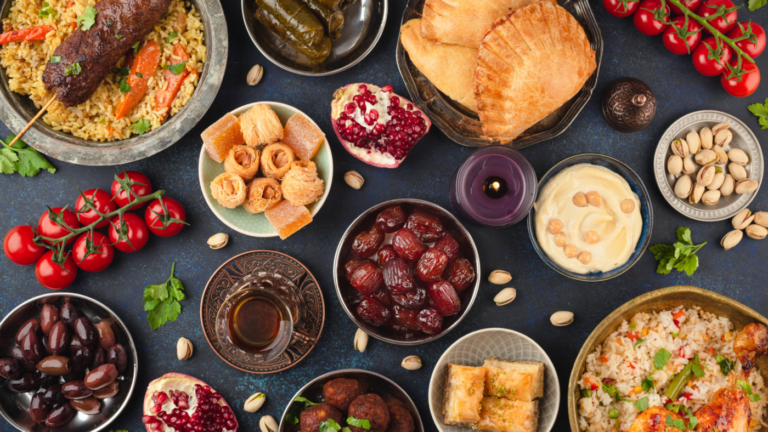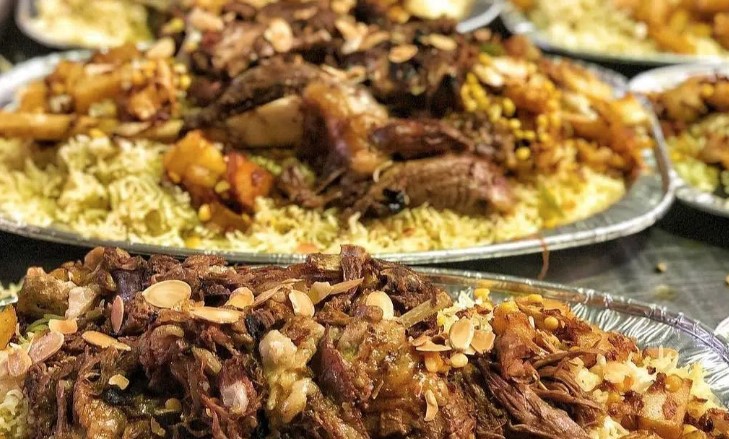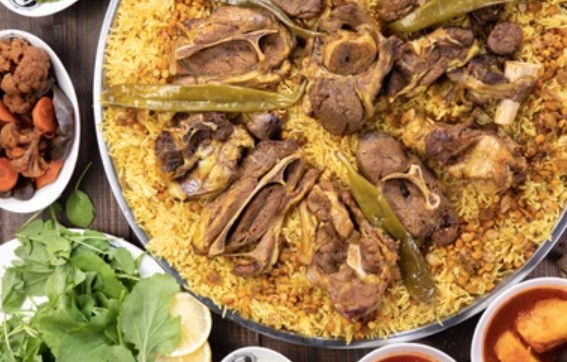Introduction: Vegetarianism and Kuwaiti Cuisine
Vegetarianism is a growing trend worldwide, and it continues to gain popularity in Kuwait. While Kuwaiti cuisine is primarily known for its meat dishes, there are plenty of vegetarian options available, both traditional and contemporary. These dishes are not only delicious, but they also showcase the unique flavors of Kuwaiti cuisine. Vegetarian food in Kuwait is a great alternative for those who want to explore the country’s gastronomic scene without consuming meat.
Traditional Vegetarian Dishes in Kuwait
Kuwait has several traditional vegetarian dishes that are not only nutritious but also bursting with flavor. One of the most popular is “Machboos,” a rice dish made with tomatoes, onions, and spices. It is often served with grilled vegetables or a salad. Another traditional dish is “Moujaddara,” a lentil and rice dish seasoned with cumin and caramelized onions. It is usually served with yogurt and a side of pickles.
Meatless Appetizers and Salads
Kuwaiti cuisine includes several vegetarian appetizers and salads that are perfect for starting a meal. “Hummus” is a classic dish made from chickpeas, tahini, and lemon juice, and it’s often served with pita bread. “Fattoush” is a refreshing salad made with mixed vegetables, pita chips, and a tangy dressing. “Tabbouleh” is another popular salad made with parsley, bulgur wheat, tomatoes, and onions, dressed with lemon juice and olive oil.
Vegetarian-Friendly Rice and Bread Dishes
Rice and bread are staples in Kuwaiti cuisine, and there are several vegetarian-friendly options available. “Thareed” is a popular bread dish made with layers of bread and chickpeas, tomatoes, and onions. “Makboos Laham” is a rice dish that can be made without meat, and includes flavorful ingredients such as tomatoes, onions, and saffron. “Khubz Irani” is a type of bread that is easy to find in Kuwait and is perfect for soaking up sauces and dips.
Flavorful Vegetable-Based Entrees
Vegetables play a prominent role in Kuwaiti cuisine, and there are several flavorful vegetable-based entrees available. “Mahshi” is a dish made with stuffed vegetables such as eggplant, zucchini, and bell peppers. “Bamia” is a stew made with okra, tomatoes, and onions, and is often served with rice. “Shakshuka” is a spicy tomato-based dish that is often served for breakfast, but it can also be enjoyed as a vegetarian dinner option.
Contemporary Vegetarian Options in Kuwait City
Kuwait City has a thriving food scene, and there are several contemporary vegetarian options available. “The Bowl” is a restaurant that offers healthy and nutritious bowls made with fresh ingredients. “Harvest,” another popular restaurant, offers a variety of vegetarian dishes such as “Wild Mushroom Risotto” and “Stuffed Eggplant.” “Bean Me Up” is a vegan restaurant that offers a variety of dishes such as “Lentil Soup” and “Vegan Burger.”
In conclusion, vegetarianism is on the rise in Kuwait, and there are plenty of delicious and nutritious options available. Traditional dishes such as “Machboos” and “Moujaddara” are flavorful and satisfying, while contemporary options such as “The Bowl” and “Harvest” showcase the diversity of Kuwaiti cuisine. Whether you’re a vegetarian or not, there’s no shortage of delicious food to explore in Kuwait.


